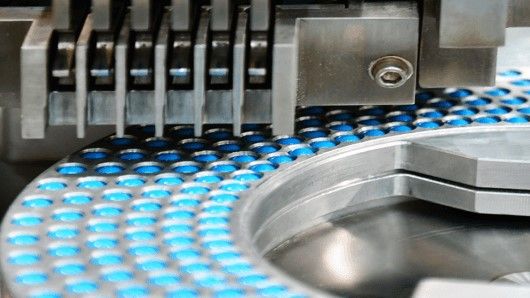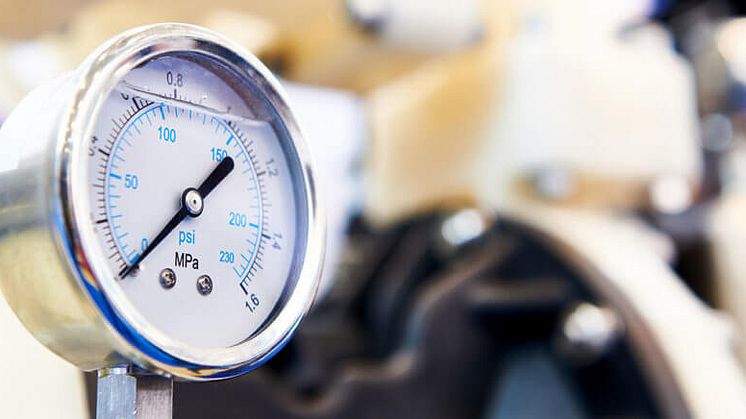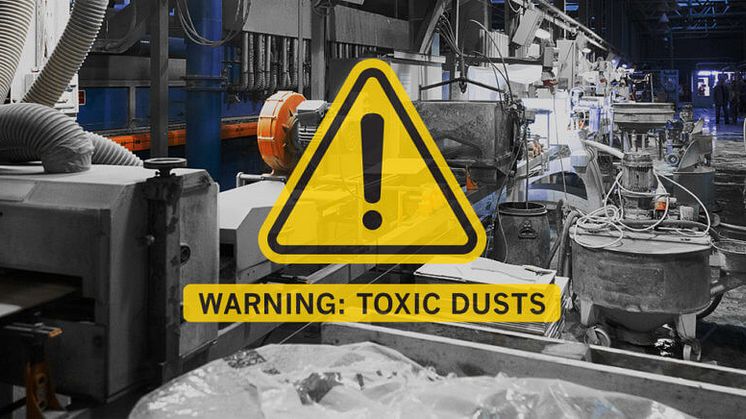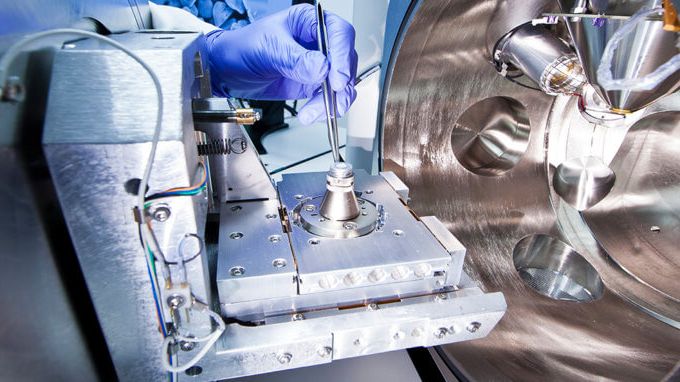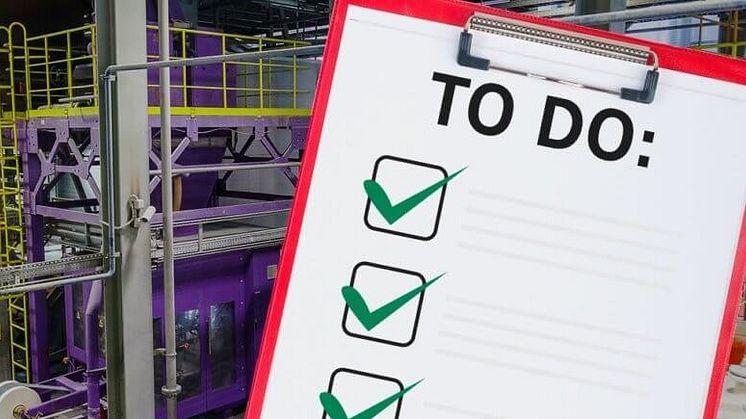
Blog post -
Preventive Maintenance Tips to Keep Your Dust Collector Operating Efficiently
A high-quality dust collector that’s been properly designed and installed for your specific operation should provide peace of mind that the air in your facility is safe to breathe. It should also provide hassle-free performance. But that doesn’t mean you can ignore the mechanics for the life of the collector. A regular preventative maintenance review of your system will help you to catch any potential issues before they become more serious problems. Here are key areas to include in a system and performance inspection.
DIFFERENTIAL PRESSURE
We recommend daily monitoring of trends in differential pressure across the filters to make sure pressure is within the manufacturer’s recommended operating range. Installing a filter monitoring system on your dust collector to monitor key functions and alert you when critical setpoints are reached can help to ensure that preventive maintenance is performed when needed. If you notice airflow through the system has reached the differential pressure limit prescribed by the manufacturer, it could be time to change filters.
CLEANING SYSTEM
You should inspect the filter pulse cleaning system daily to make sure it’s working properly. A malfunction can indicate a problem with the diaphragm and solenoid valves that regulate pulsing and are critical for proper cleaning to occur.
This inspection should include checking the following:
- Solenoid valves
- Diaphragm valves
- Controller settings and operation
- Electrical settings
- Air pressure settings
- Filter regulator cleanout
- Airline leakage or clogs
- Differential pressure numeric
- Air header tank moisture
- Compressed air connections
- Pulse pipe alignment
FILTER AND MEDIA
We suggest you thoroughly inspect your filter cartridges and filter media yearly . Check filter media for abrasions, degradation, tears, and excessive dust accumulation.
If you notice a pressure drop across the collector that prevents the system from effectively capturing dust, it’s time to change the filter. While some long-life cartridge filters can operate for two years between change-outs, heavy dust-loading applications generally require more frequent filter replacements.
Replace the filter if you notice dust escaping. Refer to the unit’s operations and maintenance manual for filter replacement and troubleshooting issues or contact your supplier for assistance.
DUST COLLECTOR MODULES
Inspect the dust collector housing every year. Many collectors are built as one large welded assembly, but our Gold Series X-Flo industrial dust collectors are assembled in modules that are bolted together. This modular design addresses unique installation challenges because the modules can be combined into dozens of configurations to fit the specific work environment.
Inspection of the modules should include:
- Seal connections on discharge equipment
- View ports
- Airlock service (bearings, drive sprockets, belt drive, wipers, electrical connections, operation, hardware)
- Butterfly valve (Solenoids, air lines, electrical connections, operation, hardware)
- Slide gate (operation, leakage, hardware, drum cover kit, flex hose, hose clamps, drum lid clamp)
- Support hardware
- Platform attachment hardware and bracketry
- Level indicator (air and electrical connections)
- Booth and mini drawer (seals, clamps, hardware)
- Signs of moisture and foreign material
HOPPER
The hopper funnels dust to a storage bin. Self-dumping hoppers provide easy dust disposal while protecting against unwanted dust leakage. When partnered with airlocks or slide gates, they can be used without taking the dust collector offline. When the hopper is full, detach it from the bottom of the collector, lift the hopper onto a fork truck and pull a lever to swing the lid open and dump the contents into a larger disposal container. Self-dumping hoppers can be used for a range of dry dusts, including those that must be reclaimed or recycled after the collection process. Check your hopper every week to make sure it is emptying properly. Also inspect:
- Bolt connections
- Leaks
- Configuration (drawer seals, cam bar operation, hardware)
FAN MOTOR
Properly sized and operating fans enable the system to achieve its required airflow and static pressure/energy. When working improperly, they can cause a build-up of dust in the ductwork, reduce filter life and increase energy costs. Every week check the blower for excessive vibration, amp draw, and drive belt performance. Inspect for material accumulation or corrosion on the fans.
If you are using a variable frequency drive (VFD) to electrically control the fan speed, make sure it is functioning properly. A VFD automatically manipulates the frequency and power consumption supplied to the fan motor. It maintains the desired airflow and minimizes the electrical energy consumed. When the filters are new, the drive decreases fan speed to obtain the desired airflow. When the filters become loaded with dust, the drive speeds up the fan to keep the airflow consistent.
INTAKE SYSTEMS, HOODS AND DUCTWORK
When working properly, intake ducts and hoods capture dust particles at their source. If the conveying air velocity is too high, it can damage the intake system. Heavier dust generally requires higher conveying velocities to keep it suspended while it is moving through the duct to the dust collector. When the conveying velocity is too low, the dust particles rest in the ducts and can plug them.
If your processes produce combustible dust, the National Fire Protection Association requires that you equip the ducting with dampers and isolation valves designed to minimize the risk of deflagration within these components.
Inspect these areas annually for dust accumulation, leakage and general cleaning.
YOUR PREVENTATIVE MAINTENANCE PROGRAM
Regularly maintaining your high-efficiency dust collection system will help you to control processing dust and remove airborne contaminants over the long term. If you have questions about maintaining your dust collection system, contact our experts.

